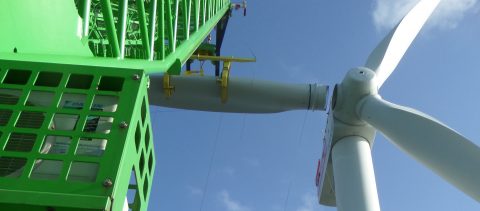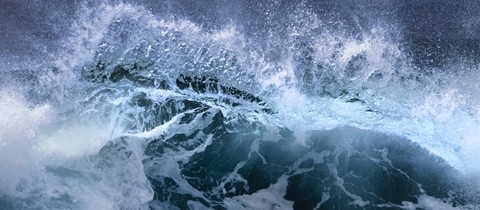
Maximum wind speeds have a significant influence on costs and time required for offshore wind turbine installation projects. The maximum wind speed is the speed at which it is no longer possible to lift major turbine components (nacelle, tower and blades) by a jack-up vessel. The restricting factors are crew safety and equipment damage due to instability of the load during the hoist.
Kate Freeman and I recently performed an analysis of the main factors contributing to project delays and cost increases. Importantly, we have also analysed the impact of increasing the maximum wind speed – such that lifts can be performed at higher wind speeds. We looked at the potential savings by being able to complete offshore wind turbine installation projects in higher wind speeds. Continue reading


